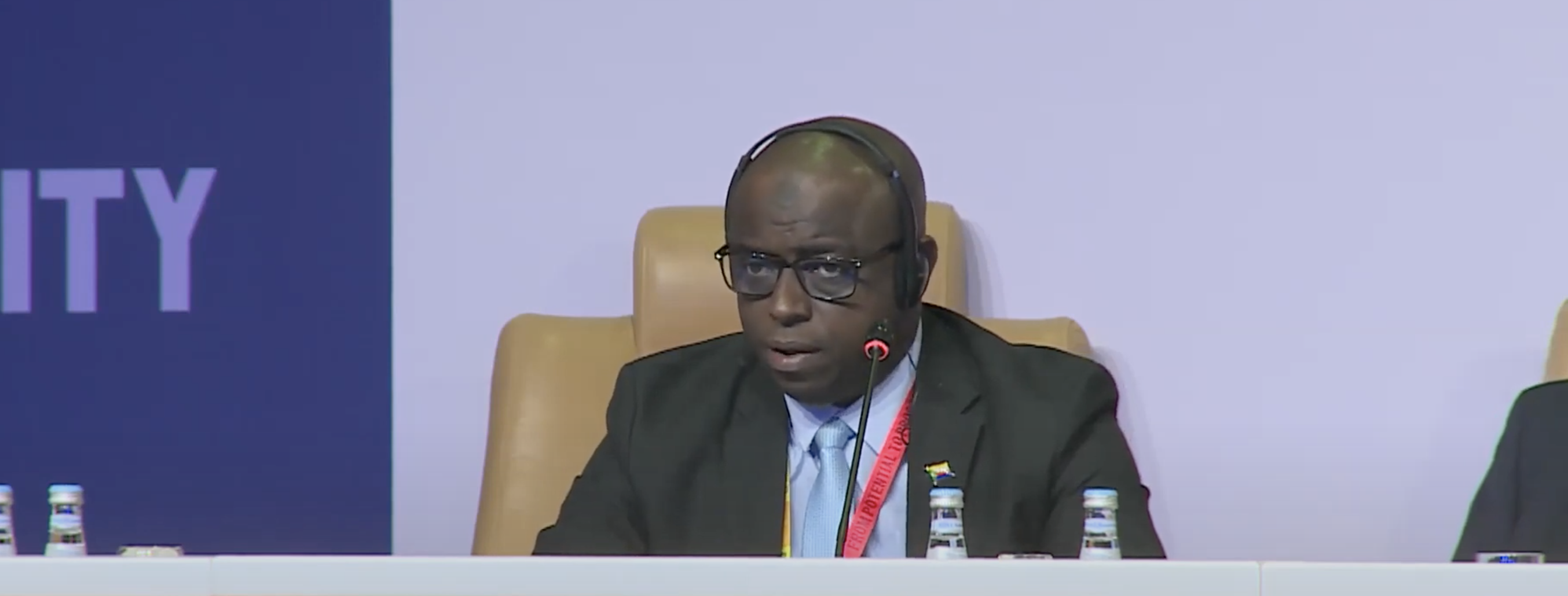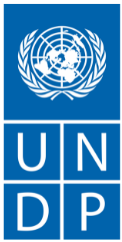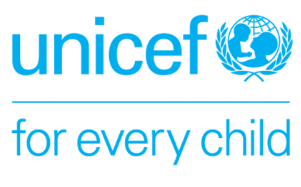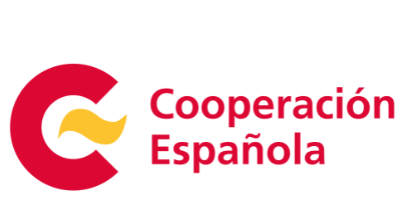On the sidelines of the Fifth United Nations Conference on the Least Developed Countries (LDC5), the INFF Facility hosted an event to discuss how integrated national financing frameworks (INFFs) are helping LDCs unlock investments for LDC graduation, the SDGs and the objectives of the Paris Agreement.
We were fortunate to be joined by Abdourazack Ibrahim, Comoros Deputy Secretary General of the Government at the INFF Facility side event. At the event, Mr. Ibrahim shared how Comoros is using INFF to identify financial challenges, develop funding strategies, and recommend reforms. It provides a structure to fund the Emerging Comoros plan, optimize resource mobilization, and align financing sources. The framework aids in coordinating sectors, enhancing capacities, and mitigating tax evasion, among other reforms. It emphasizes the importance of public finance, diaspora funds, and green/blue financing.
We are sharing his speech in full, edited for clarity, below. You can also find the presentation here: English | French.
Thank you. Thank you very much, Mr. President.
I would like to congratulate the organizers of this event and the distinguished panelists who preceded me. Evidently, I have the opportunity to present the case of the Comoros, in relation to the Integrated National Financing Framework.
I'll start with a few elements indicating the main financing challenges for the Comoros. I will then point out the usefulness of the INFF for the government of Comoros. And then finally, some elements of the financing strategy developed under the Integrated National Financing Framework.
After finalizing the evaluation of the INFF at the national level, we received some recommendations. It was these recommendations that allowed us to establish or develop our Integrated National Financing Framework. We have some conclusions that we can share here.
Starting with the funding gap. Knowing that there are still great opportunities to further mobilize at the national level, it was noted that there was a lack of a consultation framework, which is struggling to be operationalized at this moment, although a decree has already been issued and the framework itself has already been put in place.
We also note the difficulties in implementation procedures, which are complex, with low absorption capacities at the national level; compartmentalization between sectors, funding sources, and the budgeting process; and decisions and strategies, that are very fragmented.
I will then indicate some of the reasons that pushed the Comorian government to put in place an Integrated National Financing Framework.
Already, the Union of Comoros has, since 2019, its plan entitled Emerging Comoros, a very ambitious development plan covering the period to 2030. This plan is accompanied by programs and structural projects, which allow for launching and establishing the foundations for the Comorian economy.
As soon as this document was put in place, which was validated in December 2019, COVID-19 hit all countries in the world, so it affected all countries, including the Comoros. So, the reasons why we opted for an INFF were to enable us to finance the plan, Emerging Comoros, considering different sources of finance; to establish true financing for development ecosystem; and to identify the measures and reforms required to optimize mobilization and alignment of all sources of finance for our development.
In terms of our conceptual framework, the reforms that have been identified and that need to be put in place require: the strengthening of absorption capacities; South-South development cooperation; a governance framework for coordination and planning; a budgetary framework; investment and financing from the private sector; diaspora investment funds - we have identified diaspora investment funds as a potential funding source for the Comoros; green and blue financing; and tax reforms, including to tackle tax evasion.
One last item, as I mentioned earlier, is some elements of the financing strategy.
First, what was the methodology? The INFF methodology: first, identify the financing needs, clearly identify the objectives of the strategy in relation to the Emerging Comoros plan, as well as its action plan, but also identify and determine, in terms of governance, the integration of planning and financing policies, to align both sectoral policies and national planning policies to financing, and then integrate everything that is a systemic issue, particularly the coherence between financing and strategies, while taking into account the risks that arise within this environment.
In relation to this strategy, I could also indicate two small parts, namely a section on mobilization of financing through the Integrated National Financing Framework. Here, the focus is on public finance with a particular focus on international cooperation, particularly through official development assistance; South-South cooperation; blue and green finance; but also private financing, which is intended as both domestic and international, innovative financing, diaspora transfers, and then Islamic finance.
The second part that we consider relates to the national architecture for the Integrated National Financing Framework; the establishment of a strategic steering framework to enable monitoring of implementation but also the mobilization of funds in one basket, one financing framework, in support of our national development plan; the reform processes need to be effectively anchored in the plan, Emerging Comoros; identifying and implementing tools for implementation planning and monitoring of the development framework in the country, but also for drawing up measures and reforms related to institutional constraints.
The second part concerns the mobilization of domestic public resources. Here, we looked at domestic revenues. We have very narrow budgetary revenues, impacted by tax fraud and collection difficulties, informality, exemptions, and other activities; tax pressure, which is currently, in 2021 at 7.8%, below potential; many shortfalls, the magnitude remains uncertain, including arrears, corporate taxes, property taxes, customs duties, and exemptions.
In terms of public debt, we found a debt ratio today of 31.3% of GDP, which is below the CFA zone threshold, but with domestic revenues and a value of exports that are too low to guarantee the sustainability of the debt for new loans; difficulties in strategic management, including debt management; a plan for reforming debt management; and the establishment of a national committee for public debt.
In relation to international public financing, we have identified important sources of investment through the 2022 Finance Act, covering 72% of the public investment program. We have seen fragmented projects outside of national systems; low absorption and implementation rates; a limited number of financial and technical partners, but also additional potential partners to tackle the absorption difficulties that need to be resolved.
In terms of domestic revenues, the main reforms are around public finance reforms, in particular through the strengthening of administrative and procedural capacities; to ensure a fair and effective tax policy; and to reflect the priorities of expenditure management, which is an important reform at the national level.
With regard to international cooperation, we have focused on the strategic management of international public financing, which would support public finance reform through effective aid management; increase resource mobilization, disbursement capacities; and align public aid with national priorities.
And finally, to seize the opportunities of South-South and triangular cooperation for financing development in our country, as well as the Comoros development strategy, the private sector investment, strategic priorities are around the business climate, particularly in terms of investment by the Comorian private sector; the production of national value chains; financial inclusion; strengthening bank financing; and the attractiveness of foreign investments.
These are the few elements that I wanted to share from the experience of Comoros in the implementation of the Integrated National Financing Framework.
Thank you.














